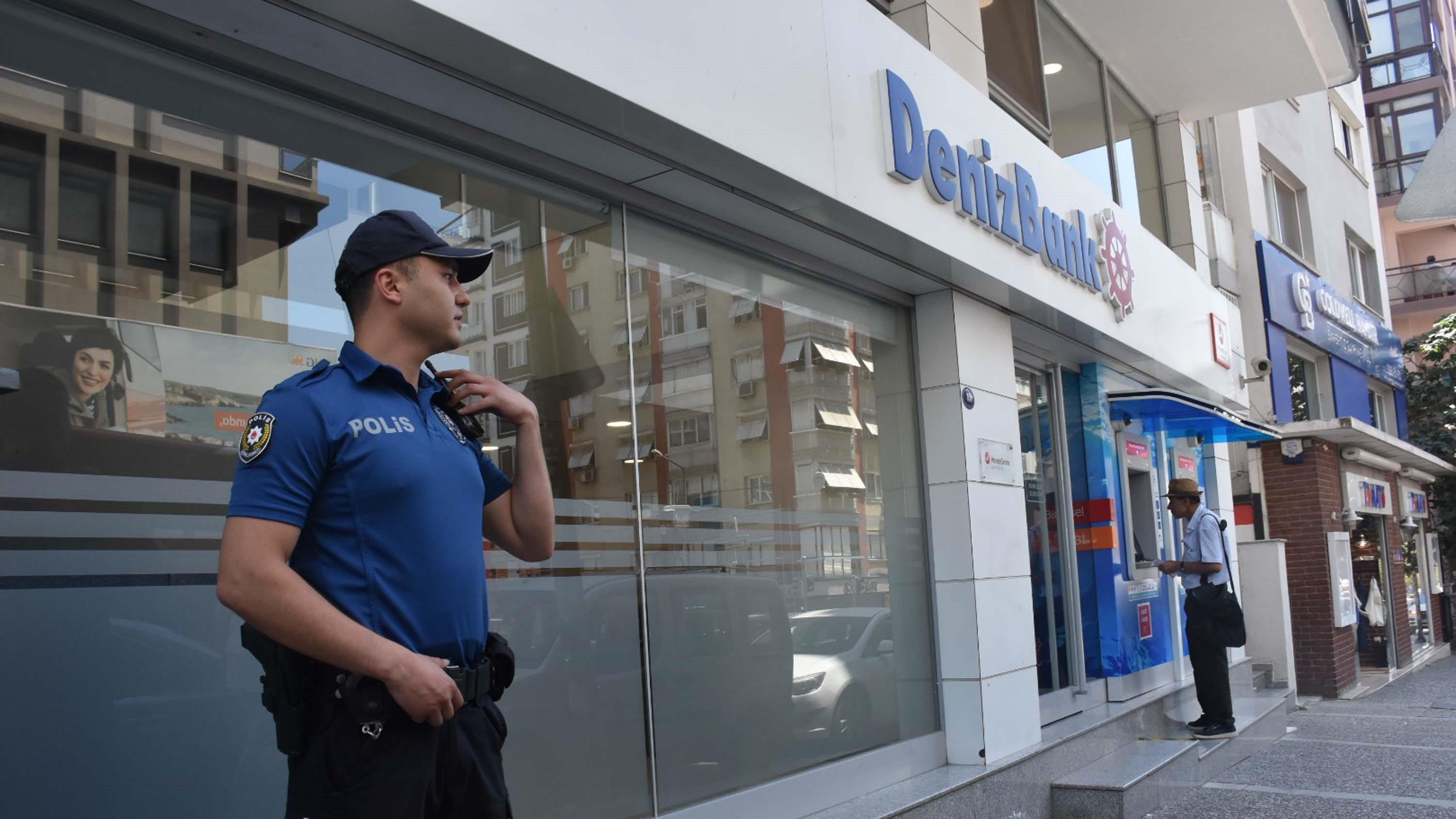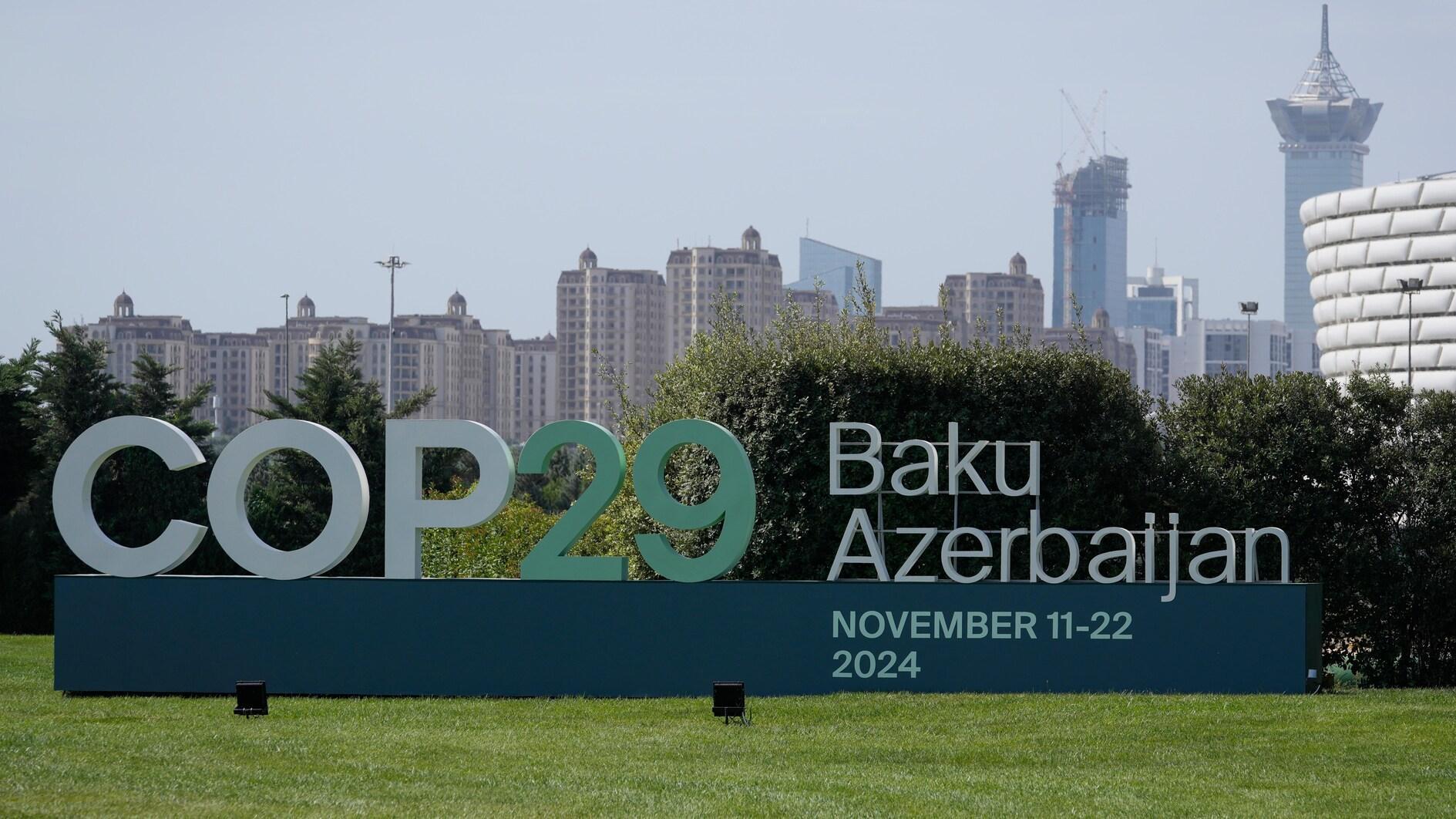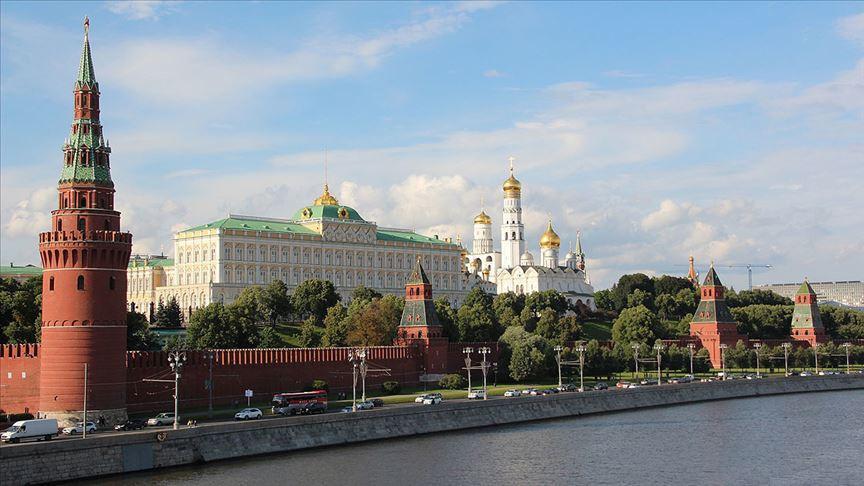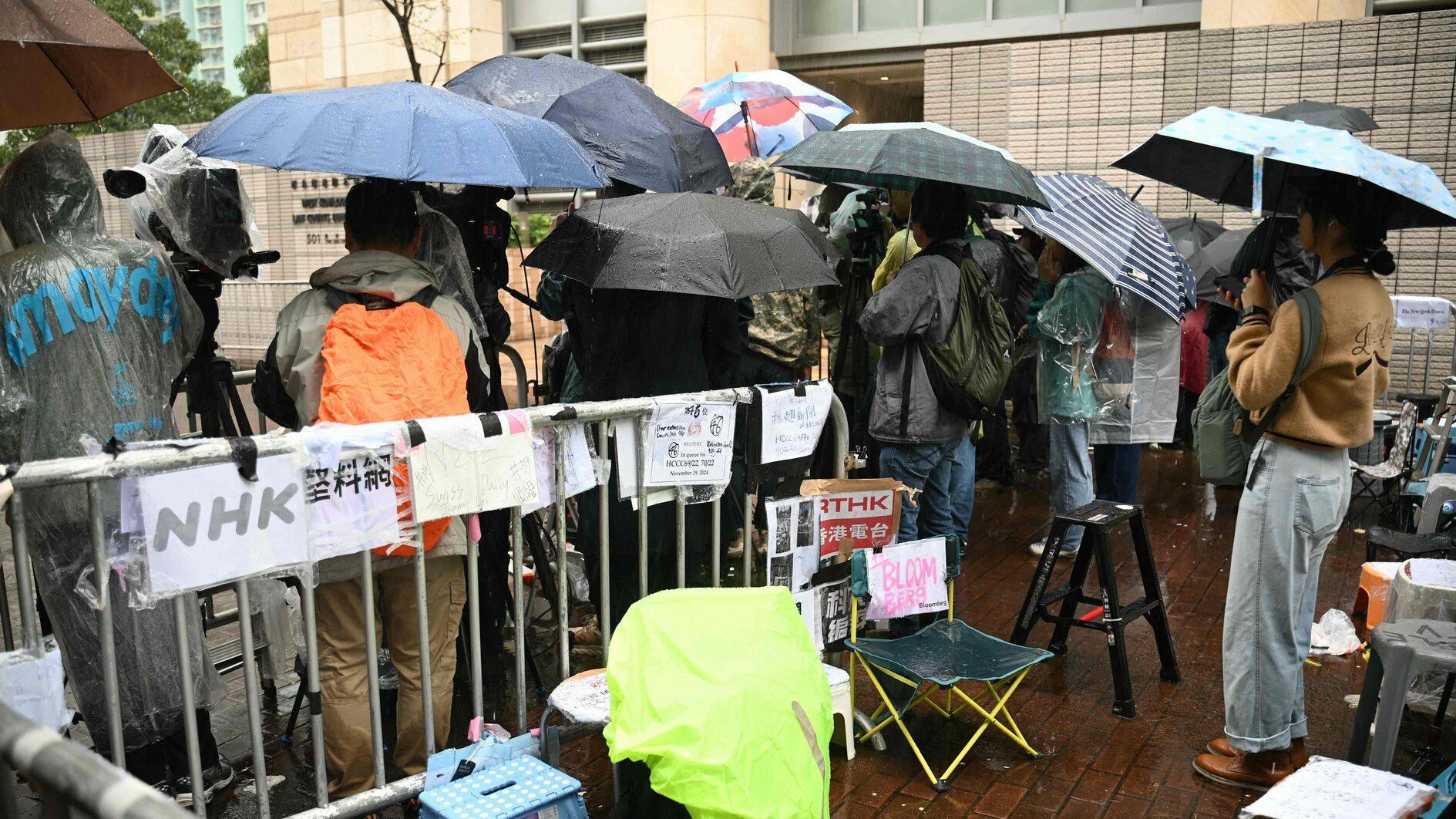The worst Idlib scenario is around the corner for Turkey
The news that emerged from the war front in Syria on June 12 showed that the opposition-held villages of Al-Lataminah in Idlib’s south and Markabah to its east have been coming under the artillery fire of the Bashar al-Assad regime. The issue that concerns Turkey with regard to this is that the ninth observation point that the Turkish Armed Forces has established in the town of Murak is located just eight or nine kilometers northeast of Markabah.
The fact that the al-Assad regime started to intensify field artillery fire and airstrikes against opposition forces in Idlib shows that this area - which had been declared a “de-escalation zone” during the Astana process between Turkey, Russia and Iran - is getting to become a hot conflict area. The al-Assad regime’s aerial bombardment of the Zardana village in the northeastern countryside of Idlib on June 7, causing the death of 44 people, set off particular alarm bells.
Idlib borders the Syrian district of Afrin, under Turkey’s control, to the north and the southern Turkish province of Hatay to the northwest. Idlib’s eastern border is adjacent to Aleppo. The fact that 10 observation points out of the 12 set up by the Turkish Armed Forces in Idlib exist on the borderline separating opposition-held and regime-held lands highlights the sensitivity of these attacks for Turkey.
But Turkey’s concerns are not just limited to the existence of Turkish soldiers on the field in Idlib. There is also the possibility of a big armed conflict between the al-Assad regime and opposition forces, as pointed out by Panos Moumtzis, the U.N.’s regional humanitarian coordinator.
“We worry about 2.5 million people becoming displaced more and moving towards Turkey. These people have nowhere to go in Syria. We may have not yet seen the worst in Syria,” Moumtzis said on June 11.
He said 2.5 million people are currently living in Idlib. According to the U.N.’s official reports, 1.2 million people from this figure are those who were displaced and then took refuge in Idlib following the start of the civil war in 2011. In March and April alone this year, approximately 47,000 people took refuge in Idlib after fleeing Eastern Ghouta as a result of the regime’s bombardment of this area.
Idlib is the last castle left in northern Syria that the armed opposition groups have withdrawn to, along with their families. A more limited group in terms of numbers, has also withdrawn to the Euphrates Shield region and Afrin, which are under Turkey’s control.
After Aleppo, Hama and Homs, the al-Assad regime has also seized lands held by the opposition forces surrounding Damascus and has retaken to a great extent the control of the country’s west. The al-Assad regime has now taken steps to seize Idlib in the north and Daraa on the Jordan border, which is smaller than Idlib, to effectively end the war in the country’s west in its favor.
If the regime attempts to strike a deathblow against opposition groups in Idlib and heavily bombards this area like it did in Eastern Ghouta, a migration flow scenario will come to the fore, as the U.N.’s Moumtzis mentioned. If these opposition groups want to flee to Idlib, there will be no doors left for them to go to apart from Turkey or the Euphrates Shield region under Turkey’s control.
To make things even more difficult for Ankara - which the al-Assad regime feels a sense of revenge against due to Turkey’s support for opposition groups - the regime could attempt to drive out the opposition groups in Idlib to the north in the direction of the Turkish border.
In fact, one of the reasons that led Turkey to establish the observation points in Idlib, which was declared a “de-escalation zone” during the Astana process, was the aim to prevent a new migration flow into Turkey. What’s more, Russia and Iran had vouched for the project.
So is Russia a mere spectator to these actions of the al-Assad regime?











